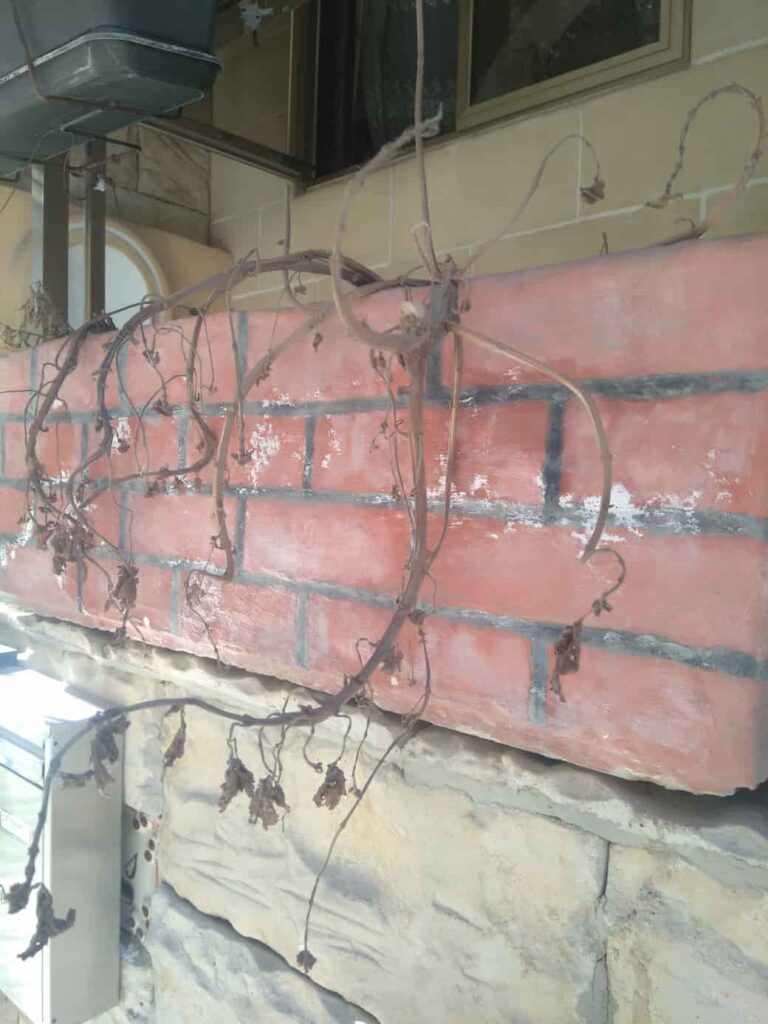
Common mistakes when growing succulents
Many gardening enthusiasts think that succulents are the heart and soul of many gardens and windowsills. Their unique and interesting shapes and sizes make them very decorative and bring character to our homes.
Most succulents are pretty easy to grow, but sometimes our gardening ventures don’t turn out the way we hoped. Suddenly, the plant we envisioned would brighten up the front porch seems to have given up on life for unknown reasons.
How could this be?
There are certain golden rules to follow for best succulent care. However, even the most seasoned gardener can make mistakes, that cause our beloved succulents to wither and break. We will go through a few common mistakes we should avoid for happy and thriving succulents at home that lives season after season.
Soil
The soil they grow in is their life source. If you have great soil you will have a happy plant. If the medium is not well-draining, may cause a similar outcome as overwatering them, since they will stand in water. Compacted soil is the worst, making them waterlogged. Drainage holes in pots are crucial to allow excess water to escape. The soil should have well draining elements such as rocky porous with perlite or vermiculite, or similar medium.
Overwatering
The first mistake, a common one indeed, Is overwatering. Never allow them to stand waterlogged for any period of time. Too much water can drown succulents very quickly. They like lots of water, followed by drying out completely. Their leaves may turn mushy, and they’ll become root-rotted. A cactus will suddenly fall to the side and be completely hollow inside.
Overfertalizing
Much like us humans, succulents can become overfertilized and have too much of the good life. Our symptoms, however, are vastly different from an overfertilized plant. Succulent may get weak stems and leaves, making them spring. A slow-release fertilizer during growing season is usually enough for a healthy growth. Some succuelnts, such as Pleiospilos, don’t even require fertilizer and should only be given water.
Overcrowding
Overcrowding, another common mistake indeed. It can make their growth suffer and prevent a healthy plant development. It may lead to insufficient airflow which can lead to mold and rot. It is often quite easy to transplant new growth in early stages to a new pot, or simply give away to other gardening enthusiasts.
Light
Sunlight, a must-have for these beauties, unless they are actual shade succulents. Even still, in low-light, they may lose their normal compact and characteristic shape. They may survive in bad light but they won’t thrive. They may develop unnatural leggy and elongated growth that makes them less attractive and fragile. This may be a challange in colder hardiness zones with very little sunlight during the winter.
Flower pot
You must select a pot with drainage holes so the plant doesn’t stand in water, this is very crucial. Ceramic and terracotta pots breath naturally and helps the soil to breath. While a plastic pot is usually fine too, but does not assist in drying out the soil. Also, if a plastic pot have a soil mix with perlite, it will be very light and a slight breeze may knock over the plant. While, a ceramic or terracotta pot will provide more stability.
Trimming and pruning
Some succulents need pruning while others are happy without it. A cactus don’t need it, while succulent bushes or trees may benefit. Regular trimming of dead leaves and shaping is essential to keep them tidy and promote healthy new growth. They can grow quickly, and they need a good trim, Making them look neat and healthy, making them the right hymn.
Knowing your succulent’s needs is the key to their success, Researching their requirements for sunlight, water, and soil, no less. Each species has its own, specific set of needs, Ensuring their health and growth, making them the right seeds.
